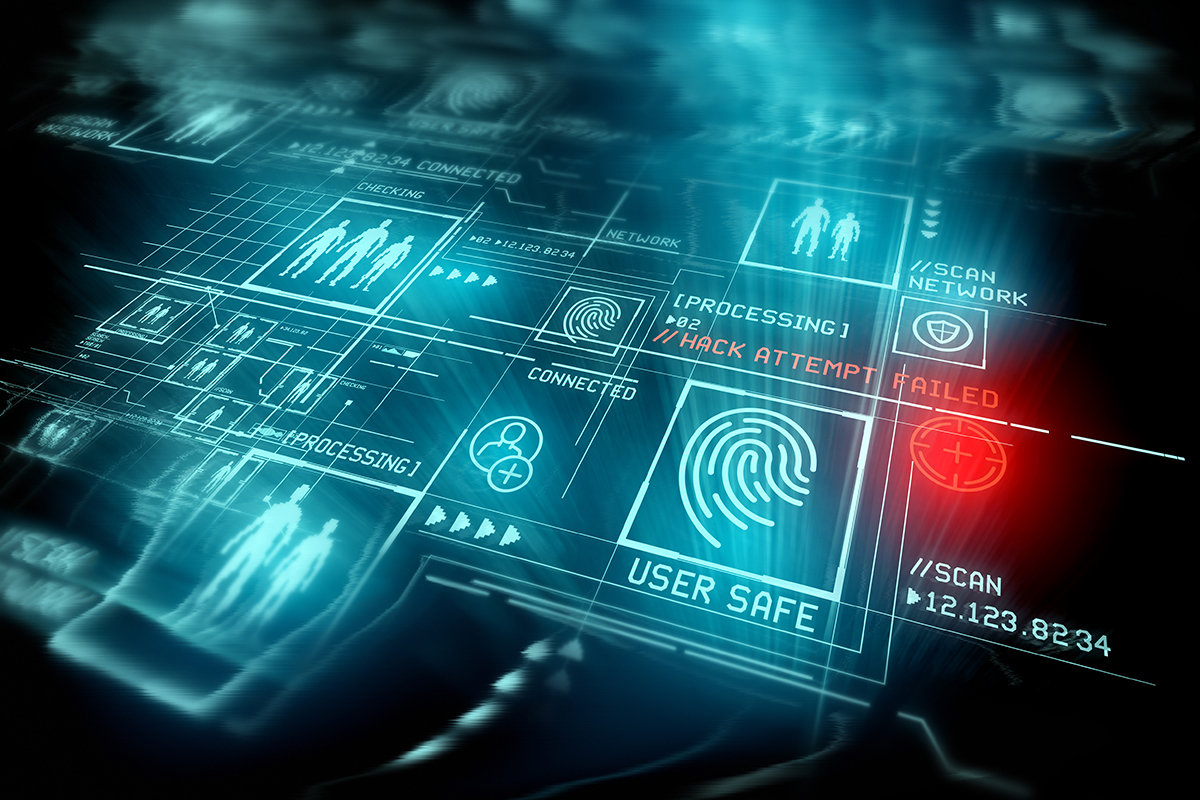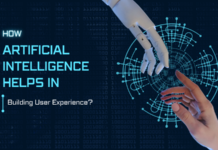Biometric authentication is the security procedure that uses unique biological traits of an individual like iris, retinas, facial characteristics, voices, and fingerprints to authenticate individuals who they claim they are. In simple words, biometrics are metrics related to the human features that make a person different from the other.
Although biometric solutions combine identification and authentication, there is a difference between them. The identification asks you “who you are?” while the authentications ask “Are you who you claim you are?” Moreover, biometric identification verifies our identity based on your body measurements while biometric authentications go a step beyond by comparing the information with the one present in a database and adding your details in service.
How Do Biometric Services work?
Biometric verification online works by matching the two sets of data. The first data set is predetermined by the owner of that device whereas the second belongs to one who visited the device. If and only if the two data sets are almost identical, the device perceives that the owner as well as the visitor are the same and immediately gives them the access.
An important thing to consider is that a match between those two data sets needs to be almost identical but not completely identical. It is just because it is almost impossible for the two biometric data to match 100%. For Example, you may have a tiny scar or slight sweaty finger that alters the print pattern.
Designing a process that does not need an exact match lessens the probability of false-negative, but also enhances the odds that the fake fingerprint may be considered genuine.
Different Methods of Biometric Authentication Process
There are several methods of biometric verification process but some are more widely used than others because of their affordability or high levels of accuracy. Here are some of the widely used forms of biometric systems.
1- Face Recognition
The face is recognized by analyzing the ratio of facial features of an individual. For example, the distance between nose, eyes, ears, lips, eyebrows, and chin. The face recognition is accurate and rapid.
2- Iris Scan
The iris scanning captures a photo of the individual’s iris and then analyzes what is its texture. To create a sample, the software utilizes almost 260 anchor points which are higher than the fingerprint system which has 60-7- anchor points.
3- Retina Scan
Every individual’s retina has a network of capillaries that remain unchanged throughout their life. In the Biometric identification that uses a retina scan, a beam of infrared light is projected into the eye of an individual through the eyepiece. Capillaries that are present in the retina absorb that light better than any other part of the eye. Hence, the scan creates the pattern of the blood vessels which are then measured as well as verified.
4- Fingerprint
The fingerprint system is widely used because of its security, affordability, and even accuracy. The fingerprint scanner creates the digital image of the fingerprint and the pattern matching software of the computer turns the details into a code. That particular code is then compared with the database of authorized identities.
5- Voice Recognition
In the voice recognition systems, the voice of the speaker is used to authenticate an individual who they claim they are. It’s a 1:1 comparison in which the voice of the individual is matched with the voice model. This biometric authentication technology often provides access to secure systems such as telephone banking. Voice recognition particularly operates with the person’s cooperation and knowledge.
6- Vein Recognition
This layout is unique and the twins do not have an identical vein geometry. In reality, the entire layout of veins in one hand is different from the other one. Veins have an additional advantage as they are really tough to copy or steal because they’re visible even under tightly controlled situations. The vein scanner lights up the veins through near-infrared light, which makes the veins visible in a photograph.
7- Hand and Fingers Geometry
They are not as unique as the iris scanners, prints, or tridimensional face maps, but the hands of an individual are different from others. And that is why it is considered a viable verification method in many circumstances. This type of scanning is cheap and easy to use but is not unique as compared to other methods of online biometric verification and has low accuracy.
Conclusion
Biometric authentication is strongly expanding and more and more clients are implementing it. Within a few years, all the platforms would move from old security control systems to biometric solutions.











![How to Fix [pii_email_cbd448bbd34c985e423c] Error Code? [pii_email_cbd448bbd34c985e423c]](https://www.techwebtopic.com/wp-content/uploads/2022/02/pii_email_cbd448bbd34c985e423c.jpg)




